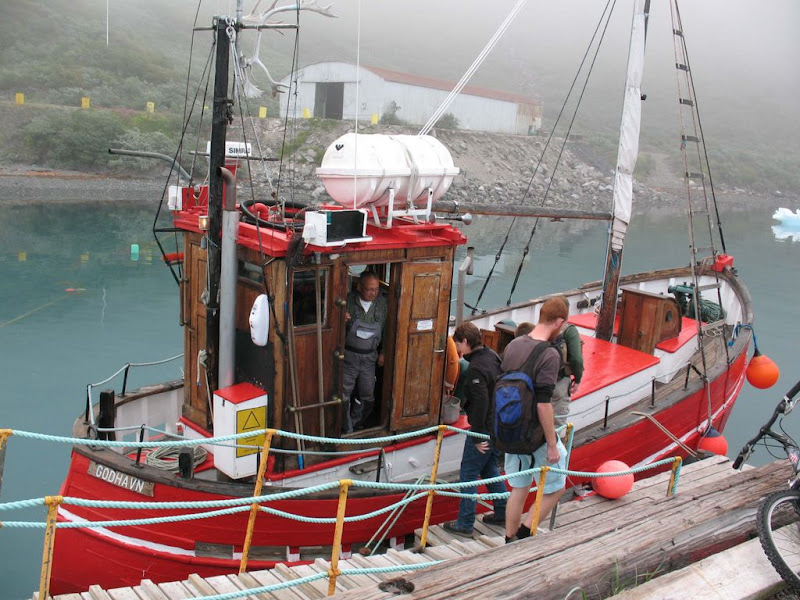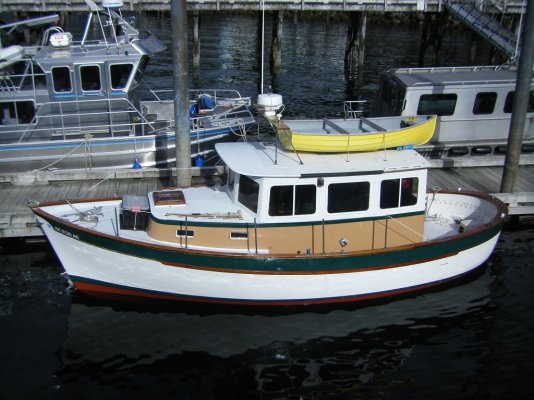FF
Guru
- Joined
- Oct 12, 2007
- Messages
- 22,552
"Why? Are you overpowered?"
The origional use of the vessel as a USN Utility required at least 10K service speed 12K unloaded..
At 7 or 8K the HP requirements are reduced by at least half , DD get less efficient at below 60% of rated power. Usual rule of thumb on a DD is 20hp per cylinder is nice 30 is OK .
Since we only burn 2 or 3 gph at our cruise , we generate 36 to 54hp for that speed.
The 3-71 can do 60HP to 90HP "forever", so would be a better choice if an engine replacement were required. But top speed would forever not be 12K.
You can down-rate your engine by changing to smaller pump/injectors.
On a DD the injectors ARE the pump (a rocker arm is the force and timing) so smaller injectors , advanced timing (fuel burns longer) and a more efficient SLOW SPEED driive setup works best.
Our origional setup was 90 injectors (235hp@2100)and 1.5-1 reduction gear with 27 dia 3 blade prop.
After economizing we now use 60 injectors (160HP @1200_ with advanced timing and a 3-1 reduction gear with 32x32 4 blade prop.
Thats about all that can be done cheaply.
Interesting that as light loaded as we are with work boat style interior , we can still pull 2100 and cruise at 1800 at almost 10K.
The Navy rates the boat fully loaded , we would need another 20,000 to 30,000 to be that heavy.
Better fuel burn can be done , but its not cheap.
FF
The origional use of the vessel as a USN Utility required at least 10K service speed 12K unloaded..
At 7 or 8K the HP requirements are reduced by at least half , DD get less efficient at below 60% of rated power. Usual rule of thumb on a DD is 20hp per cylinder is nice 30 is OK .
Since we only burn 2 or 3 gph at our cruise , we generate 36 to 54hp for that speed.
The 3-71 can do 60HP to 90HP "forever", so would be a better choice if an engine replacement were required. But top speed would forever not be 12K.
You can down-rate your engine by changing to smaller pump/injectors.
On a DD the injectors ARE the pump (a rocker arm is the force and timing) so smaller injectors , advanced timing (fuel burns longer) and a more efficient SLOW SPEED driive setup works best.
Our origional setup was 90 injectors (235hp@2100)and 1.5-1 reduction gear with 27 dia 3 blade prop.
After economizing we now use 60 injectors (160HP @1200_ with advanced timing and a 3-1 reduction gear with 32x32 4 blade prop.
Thats about all that can be done cheaply.
Interesting that as light loaded as we are with work boat style interior , we can still pull 2100 and cruise at 1800 at almost 10K.
The Navy rates the boat fully loaded , we would need another 20,000 to 30,000 to be that heavy.
Better fuel burn can be done , but its not cheap.
FF


